SOURCE: RAUNAK KUNDE / NEWS BEAT / IDRW.ORG

India’s strategic outlook in the Indian Ocean Region (IOR) is taking a significant leap forward with plans for a new fleet of nuclear attack submarines (SSNs). This program, reportedly initiated in 2015 by the Cabinet Committee on Security (CCS), aims to bolster India’s “overall deterrence capability” in the region.
The new SSNs will complement India’s existing nuclear triad, which comprises land-based ballistic missiles, nuclear-powered ballistic missile submarines (SSBNs), and now, nuclear attack submarines. The SSNs are likely to be constructed at the secretive shipbuilding centre (SBC) in Visakhapatnam (Vizag), where India’s SSBNs are currently under development.
Continue readingSOURCE: RAUNAK KUNDE / NEWS BEAT / IDRW.ORG
COMBINEDOPERATIONSOFINSVIKRAMADITYAANDINSVIKRANTRGVB.jpg)
Indian Defence Minister Rajnath Singh recently announced ambitious plans for the Indian Navy, outlining a potential future with four operational aircraft carrier groups in the next 15 years. This significant expansion goes beyond the previously envisioned three-carrier force, aiming to solidify India’s naval presence in the strategically important Indian Ocean Region (IOR).
The Indian Navy has long desired three carrier battle groups, strategically deployed on the western and eastern seaboard with a third undergoing maintenance. However, Minister Singh’s announcement suggests a potential addition of two to three more carriers, pushing the total to four or five.
Continue readingSOURCE: RAUNAK KUNDE / NEWS BEAT / IDRW.ORG
India’s defense landscape is witnessing a transformation, driven by the development of the ASMI, the nation’s first indigenously designed, developed, and manufactured 9×19 submachine gun. This groundbreaking achievement, spearheaded by the visionary Colonel Prasad Bansod of the Indian Army, marks a significant shift towards self-reliance in small arms production.
The ASMI story transcends the creation of a single weapon. It signifies a new era of innovation within the Indian Army. Until now, the army primarily relied on the Defence Research and Development Organisation (DRDO) or state-owned Public Sector Undertakings (PSUs) to fulfil its weaponry needs. However, the success of the ASMI project demonstrates the potential for in-house design and development capabilities.
Continue readingSOURCE: IDRW.ORG
)
In a landmark development for defense cooperation, the United States and India are in advanced talks for a $3.99 billion deal to acquire MQ-9B drones. This potential agreement underscores the deepening strategic partnership between the two nations and highlights India’s commitment to enhancing its surveillance and reconnaissance capabilities.
The MQ-9B drone, developed by General Atomics Aeronautical Systems, represents the cutting edge of unmanned aerial vehicle (UAV) technology. Known for its long endurance, high-altitude capabilities, and multi-mission versatility, the MQ-9B is equipped with advanced sensors and precision-guided munitions. These features make it an invaluable asset for intelligence, surveillance, reconnaissance (ISR), and combat missions.
Continue readingSOURCE: IDRW.ORG

India has issued a Notice to Airmen (NOTAM) signifying a potential missile test scheduled for sometime between June 13th and 15th, 2024. The specific area of operation is designated as a 430-kilometer zone within the Bay of Bengal.
While details surrounding the exact nature of the test remain undisclosed by DRDO (Defence Research and Development Organisation), speculations point towards the testing of either the air-to-air BrahMos missile or the Rudram-III air-to-surface missile launched from a Su-30MKI fighter jet.
Continue readingSOURCE: RAUNAK KUNDE / NEWS BEAT / IDRW.ORG
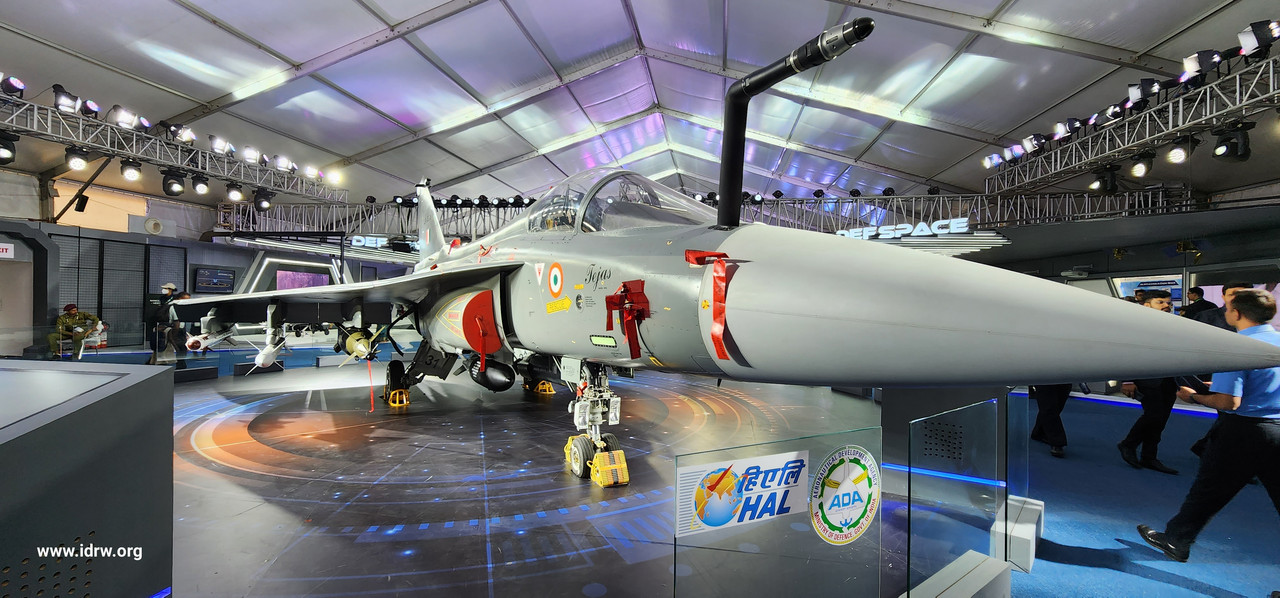
The Indian Air Force’s (IAF) potential order for 97 LCA Tejas Mk1A fighter jets by the end of FY25 has sparked questions about its impact on the future of the Tejas Mk2 variant.
Jayadeva EP, DGM at HAL, has addressed concerns about a potential conflict between the Mk1A and Mk2 programs. He emphasizes that the 97 Mk1A jets will be procured in the Mark 1A configuration, distinct from the more advanced Mk2 variant.
Continue readingSOURCE: RAUNAK KUNDE / NEWS BEAT / IDRW.ORG
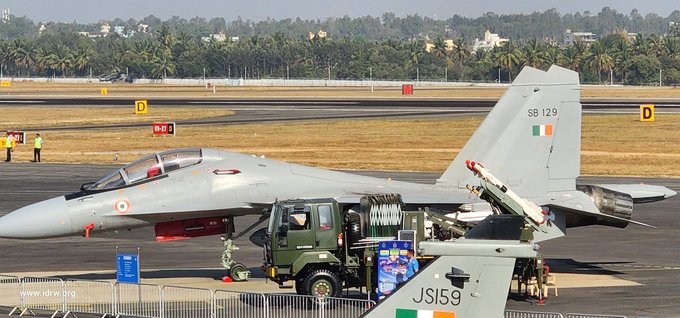
Hindustan Aeronautics Limited (HAL) is gearing up for a critical role in the much-awaited upgrade program for India’s Su-30MKI fighter jets. A recent statement by HAL Chief C.B. Ananthakrishnan sheds light on the revised plan and expected timeline for this project.
Ananthakrishnan confirmed HAL’s participation in the Su-30MKI upgrade program, going beyond just participation. HAL will act as the lead agency, responsible for integrating the upgrade with solutions from India’s domestic defence industry. This focus on indigenization aligns with the government’s push for self-reliance in defence technology.
Continue readingSOURCE: RAUNAK KUNDE / NEWS BEAT / IDRW.ORG
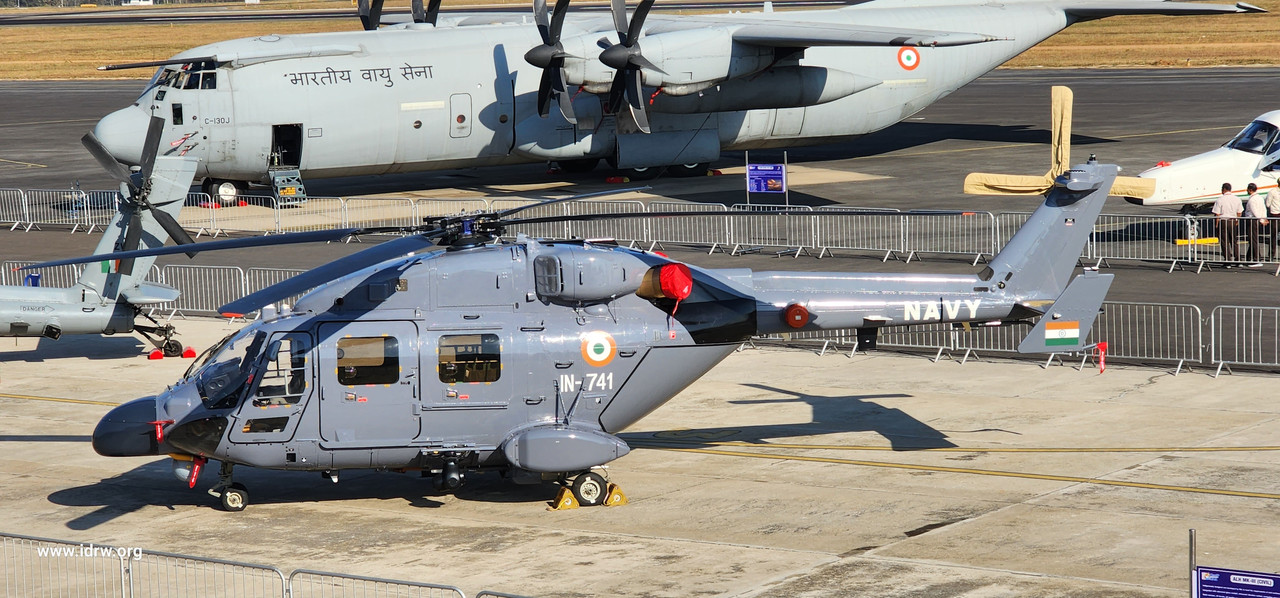
Hindustan Aeronautics Limited (HAL) has announced the development trials of the Utility Helicopters (Marine) (UH Marine) for the Indian Navy will begin later this year. This new variant, based on the successful ALH Dhruv platform, is specifically designed for ship-borne operations.
The UH Marine incorporates significant modifications to excel in the demanding maritime environment. This includes a foldable main rotor and tail section, enabling compact storage on warships.
Continue readingSOURCE: IDRW.ORG

Noida-based Veda Aeronautics has begun testing their “Sureshastra” prototype, a catapult-launched jet-powered drone system designed for swarming attacks. This marks a significant development in India’s unmanned aerial vehicle (UAV) technology, with Veda Aeronautics being the first private company to develop such a system.
The jet engine propulsion allows for precise strikes and tactical operations over a significant range. The swarming capability offers a tactical advantage, enabling the system to neutralize multiple targets simultaneously.
Continue readingSOURCE: IDRW.ORG.

At the recent Beijing Military Intelligence Technology Expo, a company named the Beijing Institute of Stealth Engineering Technology (BIST) caused a stir. A video presentation showcased their development of various simulated targets designed to test and mimic the signal profiles of potential adversaries’ military equipment.
Intriguingly, the video included a replica of India’s Prithvi surface-to-surface missile (SSM). This has raised concerns that BIST might be using these simulations to develop methods for signal measurement and intelligence gathering on real-world Indian weaponry.
Continue readingSOURCE: RAUNAK KUNDE / NEWS BEAT / IDRW.ORG

Hindustan Aeronautics Limited (HAL) has announced positive developments concerning the LCA Tejas Mk2 fighter jet program. The company has begun manufacturing the prototype, marking a significant milestone in the project’s timeline.
According to Jayadeva EP, DGM at HAL, the company has already begun manufacturing the Tejas Mk2 prototype. This signifies a significant step forward, with the initial structural assembly already underway.
Continue readingSOURCE: RAUNAK KUNDE / NEWS BEAT / IDRW.ORG
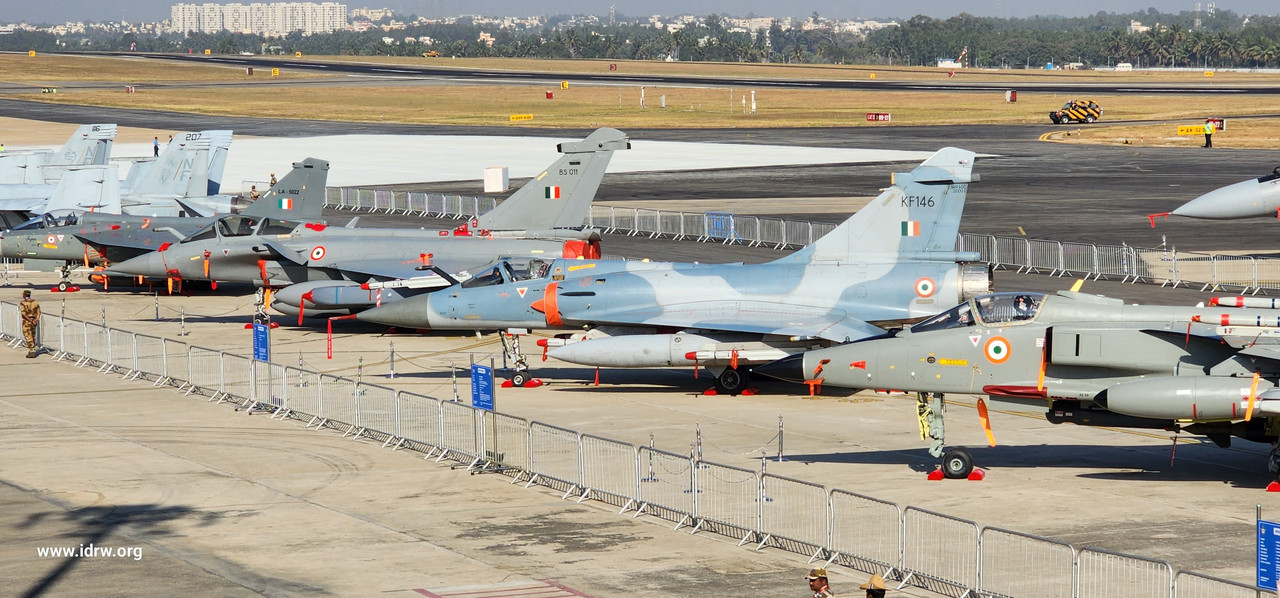
In the late 1990s and early 2000s, the Indian Air Force (IAF) was on a quest to enhance its fighter jet fleet with a proven performer, particularly the upgraded Mirage 2000-5. This quest was fueled by the superior performance of the Mirage 2000H during the Kargil War.
However, the journey to procure 126 Mirage 2000-5 fighter jets, ideally to be locally produced, encountered significant hurdles due to bureaucratic red tape and cost concerns, leading to a broader tender process that eventually delayed the acquisition for decades.
Continue readingSOURCE: RAUNAK KUNDE / NEWS BEAT / IDRW.ORG

California-based Ocean Aero is making waves in the Indian defence market with its innovative TRITON, the world’s first and only Autonomous Underwater and Surface Vehicle (AUSV). Kevin Decker, CEO of Ocean Aero, confirmed interest from both the Indian Coast Guard and Navy in this potentially game-changing technology.
The Triton boasts a unique ability to operate on both the water’s surface and submerged, offering a versatile platform for data collection. Ocean Aero claims the Triton can autonomously gather information from both above and below the ocean’s surface, before transmitting it from anywhere in real time.
Continue readingSOURCE: IDRW.ORG.
REPRESENTATIONAL IMAGE
Hindustan Aeronautics Limited (HAL), India’s aerospace and defense giant, has announced significant investments in forging capabilities according to their Q4 FY2023-24 earnings report. This move strengthens HAL’s position in manufacturing crucial components for fighter jet engines and airframes.
The report details HAL’s plans to acquire a 20,000-ton isothermal press and a staggering 50,000-ton hydraulic press. These powerful presses will enable HAL to manufacture large, complex forgings – a critical step in the production process for various aerospace components.
Continue readingSOURCE: SATYAJEET KUMAR/ FOR MY TAKE / IDRW.ORG

The Indian Air Force (IAF) has long faced the challenge of modernizing its fighter fleet to maintain operational readiness and ensure national security. The Multi-Role Fighter Aircraft (MRFA) tender, aimed at procuring 114 jets, has been a protracted and complex process, fraught with delays and bureaucratic hurdles. As Prime Minister Narendra Modi embarks on his third term, there is a critical opportunity to finally resolve this issue and enhance the IAF’s capabilities.
One of the primary reasons for the delay in the MRFA tender has been the cumbersome and bureaucratic procurement process. Simplifying and streamlining this process is essential. This can be achieved by setting clear timelines, reducing redundant procedures, and ensuring that decision-making authority is centralized to avoid unnecessary delays. A dedicated task force could be established to oversee the MRFA tender, ensuring accountability and swift resolution of issues that can be completed in next 2 years.
Continue reading